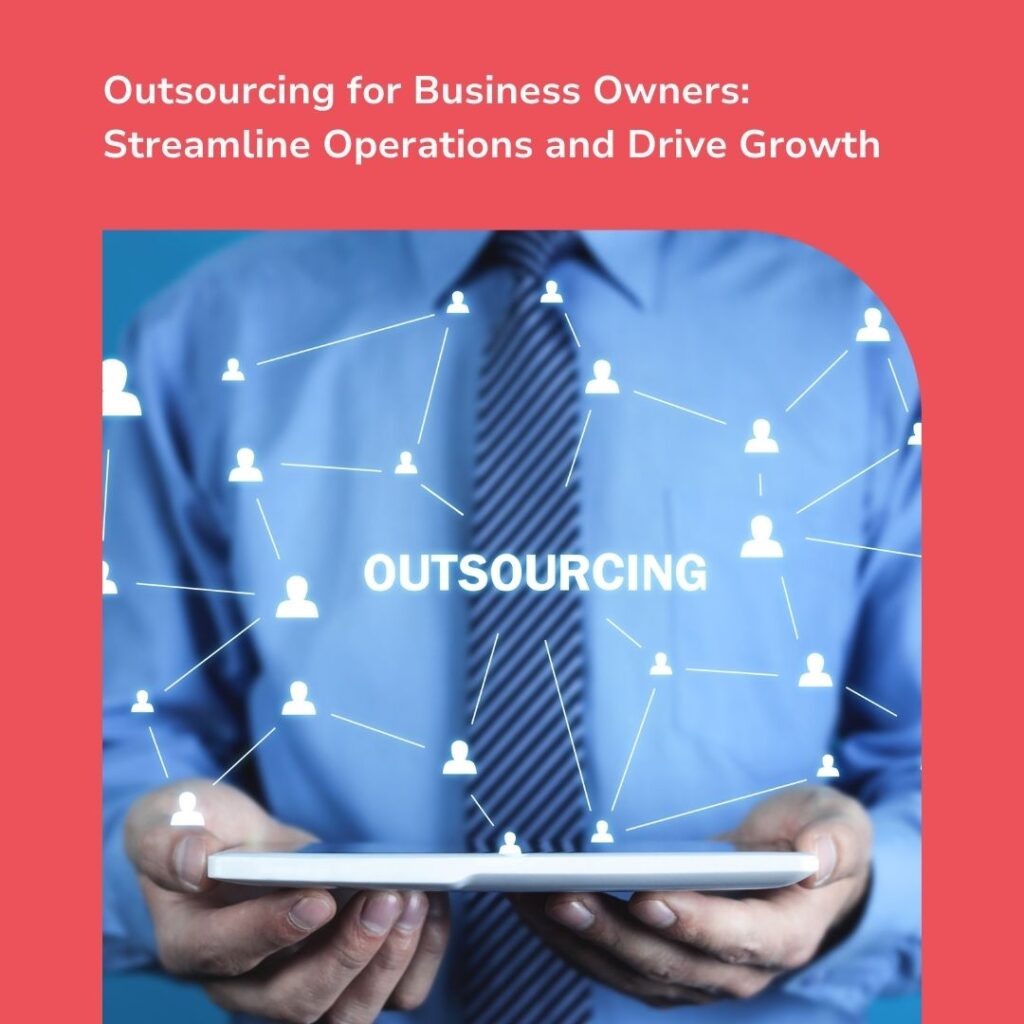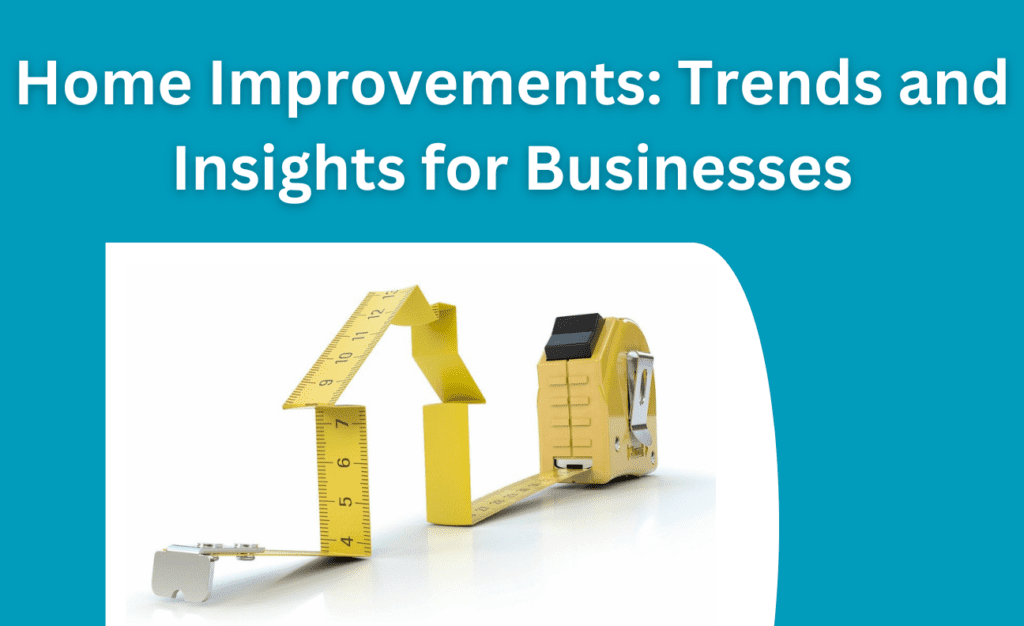The Circular Business Model is a way of thinking about business that is designed to cut waste and increase efficiency.
This innovative model has the potential to revolutionise the way we do business, and could help us reduce our environmental impact. In this blog post, we will discuss the Circular Business Model in more detail, and explore how you can implement it in your own business.
Circular Economy
The Circular Business Model is based on the principles of the circular economy, which is an economic system that is designed to be more sustainable.
In the traditional linear economy, we take resources from the earth, make products from them, and then dispose of them when we are finished with them. This model is not sustainable in the long term, as it leads to the depletion of resources and the pollution of our environment.
In a circular economy, we keep resources in use for as long as possible, and then recycle them back into the system when we are finished with them. This closed-loop system is much more efficient than the traditional linear model, and can help us reduce our environmental impact.
Benefits of Implementing Circular Business Model
There are many benefits to implementing a Circular Business Model.
In addition to being more sustainable, it can also help you save money and increase efficiency. Implementing a Circular Business Model can help you decrease your reliance on virgin materials, and reduce the amount of waste you generate.
It can also help you create a closed-loop system in which you can recycle and reuse materials, further reducing your environmental impact.
Things to Keep in Mind
If you are interested in implementing a Circular Business Model, there are a few things you need to keep in mind.
- First, you need to identify the resources that you use and how they flow through your business.
- Next, you need to find ways to keep those resources in use for as long as possible.
- Finally, you need to develop a plan for recycling and reusing those resources once they have reached the end of their life.
Strategies for Circular Business Model
There are many strategies that you can use to implement a Circular Business Model. Here are a few of the most common:
Product as a Service
In this strategy, you rent or lease products to customers, instead of selling them outright.
This allows customers to use the product for as long as they need it, and then return it to you when they are finished.
Circular Supply Chains
In a Circular Supply Chain, you work with other businesses to keep materials in use for as long as possible.
This could involve sharing resources, repairing products, or recycling materials.
Extended Product Life Cycles
In this strategy, you design products that can be used for a longer period of time.
This could involve using durable materials, designing products that can be easily repaired, or making products that can be upgraded or retrofitted.
Product Take-Back and Recycling Programs
In this strategy, you offer customers the option to return used products to you at the end of their life.
This could involve setting up a take-back program, or working with a recycling company to recycle the materials.









